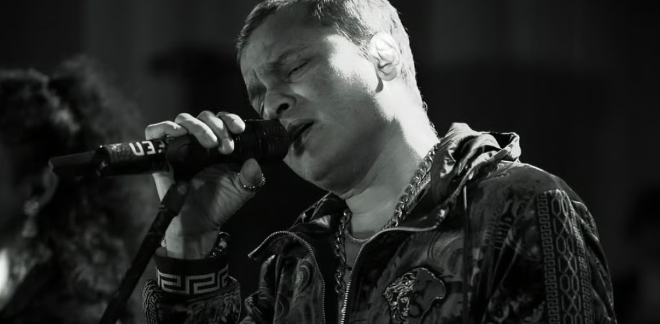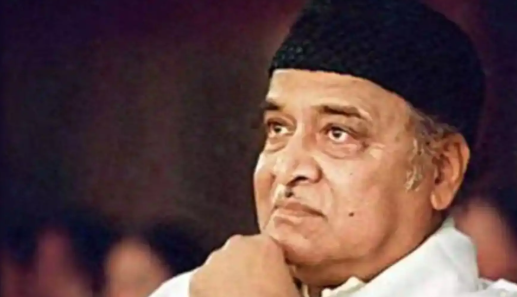One of the seven sisters, Nagaland is a beautiful state of north eastern region of India. Earlier Nagaland was a part of Assam but Nagaland was carved out from Assam and became full-fledged state of India in 1963.
How Nagaland became a State of India?
The Nagaland Transitional Provisions Regulation was placed in 1961, after meeting and discussion between the then Prime Minister Pandit Jawaharlal Nehru and leaders of Naga People Convention (NPC) in 1960, that came into a 16-point agreement. As a result, Nagaland Act was enacted in 1962 by the parliament. Nagaland officially and formally became a state of the union of India on 1 December 1963 with Kohima as the state capital.
To the North of Nagaland is Arunachal Pradesh, to the West is Assam, to the South is Manipur and to the East is Myanmar.
Rich Culture
Nagaland comprises of 17 major tribes living in 17 administrative districts. These tribes include Angami Naga known for their farming and warrior tradition, the Ao Naga known for agriculture, the Konyak Nagas, known for their facial tattoos, the Sumi Nagas, the Lotha Nagas recognised for their folk songs and dances, the Chang Nagas, the Zeliang Nagas, the Chakhesang Nagas, the Kukis, the Rengma, the Khiamniungan Nagas, the Phom Nagas, the Pochury Nagas, the Yimkhiung Nagas and the Sangtam Nagas
Nagaland is also referred to as land of festivals. The Hornbill Festival, that showcase all Naga tribes’ culture, is a ten-day festival and celebrated in December.

Other notable festivals include Sekrenyi, Tuluni, Aoling, Moatsu, Mim Kut.
The Sekrenyi festival is celebrated in February by the Angami tribes of Nagaland. Having rituals, feasting, singing, dis festival is often referred to as purification festival.
Tuluni festival, celebrated by the Sumi Nagas, is marked with feasts as the occasion occurs in the bountiful season of the year. The event is also called Anni which denotes the season of plentiful crops. Another main feature of this festival is the exchange of gifts and the hosting of feasts between betrothed couples and their families. The festival is also associated with peace–making and reconciliation. People who work effortlessly on farms and fields throughout the year relax during this festival and celebrate with delight. It is in the Sumi culture to arrange betrothal of young couples during the festival. In this festival, Rice-beer is served in a goblet made with the leaf of plantain. This rice-beer is called Tuluni. The Sumi tribe can be found in the central and Southern Nagaland. They practice establishment of village and settlement. Another measure festival of the Sumis is Ahuna.

Aoling, or Aoleang, is often referred to as the spring festival of Nagaland. It is celebrated by the Konyak Naga tribe. It is featured by traditional colourful dresses, log drum music, songs and dances.
Celebrated by the Ao tribe of Nagaland, Moatsu Mong festival is a three-day spring festival marking the end of sowing season.
In honour of the ancestors, Mim Kut is a harvest festival celebrated by the Kuki tribes of Nagaland as well as Mizoram.
Beauty
Undoubtedly, Nagaland is a beautiful place full of culture and variety and nature. One of the unique and often go to place for nature lovers, adventure lovers and trekkers is the Dzukou Valley in the boarder of Nagaland and Manipur.

The multi coloured carpets of flowers, significantly the Dzukou Lily, that primarily blooms in summer, is only found in this valley making this valley much more beautiful.
Some important points:
The Election Commission of India used the Voter Verifiable Paper Audit Trial (VVPAT) system for the first time in Noksen Assembly Constituency of Nagaland in 2013.




